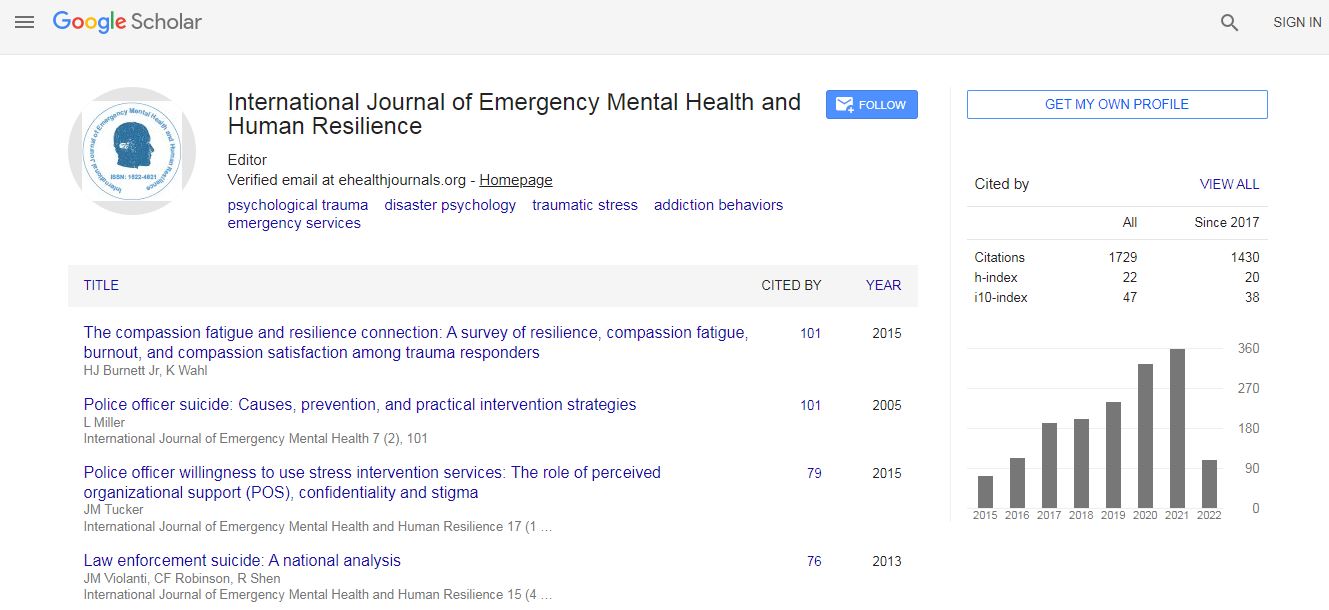Research Article
Incidence of Posttraumatic Stress Disorder after Traffic Accidents in Germany
Stephan Brand*, MD, Dietmar Otte, MEng, Maximilian Petri, MD, Sebastian Decker, MD, Timo Stübig, MD, Christian Krettek, MD PhD and Christian W. Müller, MD
Trauma Department Hannover Medical School with Accident Research Unit, Hannover
Abstract
Posttraumatic stress disorder (PTSD) is possibly an overlooked diagnosis of victims suffering from traffic accidents sustaining serious to severe injuries. This paper investigates the incidence of PTSD after traffic accidents in Germany. Data from an accident research unit were analyzed in regard to collision details, and preclinical and clinical data. Preclinical data included details on crash circumstances and estimated injury severity as well as data on victims’ conditions (e.g. heart rate, blood pressure, consciousness, breath rate). Clinical data included initial assessment in the emergency department, radiographic diagnoses, and basic life parameters comparable to the preclinical data as well as follow-up data on the daily ward. Data were collected in the German-In-Depth Accident Research study, and included gender, type of accident (e.g. type of vehicle, road conditions, rural or urban area), mental disorder, and AIS (Abbreviated Injury Scale) head score. AIS represent a scoring system to measure the injury severity of traffic accident victims. A total 258 out of 32807 data sets were included in this analysis. Data on accident and victims was collected on scene by specialized teams following established algorithms. Besides higher AIS Head scores for male motorcyclists compared to all other subgroups, no significant correlation was found between the mean maximum AIS score and the occurrence of PTSD. Furthermore, there was no correlation between higher AIS head scores, gender, or involvement in road traffic accidents and PTSD. In our study the overall incidence of PTSD after road traffic accidents was very low (0.78% in a total of 32.807 collected data sets) when compared to other published studies. The reason for this very low incidence of PTSD in our patient sample could be seen in an underestimation of the psychophysiological impact of traffic accidents on patients. Patients suffering from direct experiences of traumatic events such as a traffic accident and presenting with signs of clinically significant distress or impairment in social interactions should be treated in a team approach including not only trauma surgeons and surgical skilled staff but also psychophysiological experienced physicians

 Spanish
Spanish  Chinese
Chinese  Russian
Russian  German
German  French
French  Japanese
Japanese  Portuguese
Portuguese  Hindi
Hindi 